Fluorescent molecules can absorb light at one frequency and subsequently reemit (fluoresce) light at a different frequency. In experiments, the dyes are excited by laser light whose frequency closely matches the excitation frequency of the dye. Because the fluoresced light is of a different frequency than the excitation light, the latter can be filtered out. Furthermore, only the dye that is exposed to the laser fluoresces, so specific planes within a flow field can be visualized.
The intensity of light emitted from a dyed region of flow is proportional to the intensity of excitation energy and to the concentration of dye. If the excitation energy is locally uniform, then the emitted light intensity will be linearly related to the dye concentration. Then, with a simple calibration the emitted light intensity can be directly converted to dye concentration. Two conditions affect the spatial uniformity of the excitation intensity. First, as described above a light sheet constructed from a scanned beam will be more uniform than that constructed from a cylindrical lens. Second, the intensity of the laser sheet is diminished as it passes through and is absorbed by dye. This is called quenching. Quenching can be minimized by limiting the extent of the dyed region and by using an excitation source whose intensity is sufficiently large compared to the potential quenching, so that any quenching that occurs generates only a small change in overall excitation intensity.
Applications
- Biological Agents detection (np. BIODES, SmartBio Sensor)



